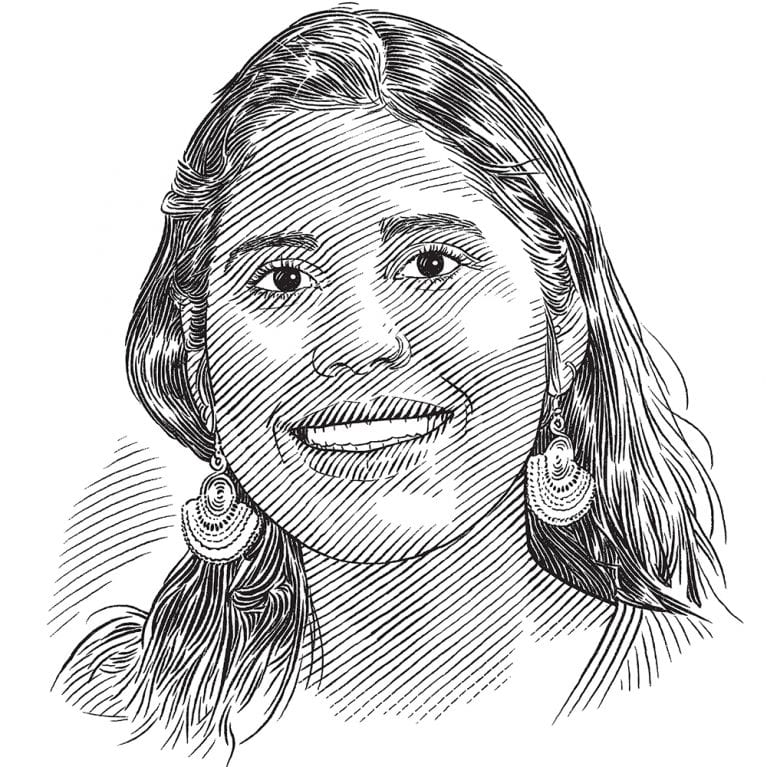Gabriela Ochoa

Who I am
Growing up in Honduras has definitely shaped me professionally and personally. From a very young age I knew I wanted to be a biologist and among my all-time favourite things were our yearly trips to the north coast of Honduras. I remember waking everyone really early to go out and collect different shells and try to identify anything that had washed ashore. If it walked, swam, crawled or flew I wanted to know all about it and probably tried to catch it. It only became clear that I would focus entirely on marine species when I moved to Galveston, Texas, for my undergraduate degree. Life would later take me full circle back to Honduras, where I have been lucky enough to not only work in my home country, but share my passion for marine species, particularly sharks and rays.
Where I work
Honduras, where I work, is located at the heart of Central America. The name Honduras means ‘depths’ in Spanish, and although we are a small country, our marine territory is twice the size of our land size, so the name suits us well. We became a shark sanctuary in 2011 (unfortunately rays did not make the cut), but the declaration was passed with no previous baseline data on sharks, so it is difficult to gauge how effective it has been. In addition, fishing for sharks, although prohibited, continues in some areas of the country, largely unrestricted. In 2015 I began working for MarAlliance, focusing exclusively on elasmobranchs. Since then we have pioneered elasmobranch research in the country with the participation of artisanal fishers, partner NGOs, government and academia. I have had the opportunity to work on both the Pacific and Atlantic coasts of Honduras and recently have focused on the Miskito Cays of Honduras, where this project is based.
What I do
Through my job with MarAlliance I have had the opportunity to work with many artisanal fishers, not only when I’ve been interviewing them, but also when we’ve been collecting together valuable data on elasmobranchs. During our work in the Bay Islands (Utila, Roatan and Guanaja), the fishers liked to tell me about ‘faraway cays’ where indigenous fishers would actively target sharks. These cays were called the Miskito Cays, and the idea of seeing at first hand what was happening there became almost an obsession. In 2016 I finally had the opportunity to go to the Miskito Cays, invited by local artisanal fishers to conduct preliminary landings research. Once we embarked, it took three days of travel to reach the cays from Roatan, and the means of travel included overland buses, canoes, a cargo boat and pangas(speed boats). The Miskito Cays are very remote and it is difficult to find them on maps, let alone know their individual names. When we finally arrived, we discovered that this was an emerging artisanal fishery that used gill nets to target large sharks, particularly hammerheads. The magnitude of this fishery and the identity of species landed remain largely unknown.
This project will focus on collecting valuable data about the artisanal shark fishery in the Miskito Cays of Honduras with help from the local and indigenous artisanal fishers. We will use traditional ecological knowledge to better understand the fishery and the motivations of the fishers themselves, and our surveys will be complemented by the opportunistic collection of landings data. In addition, we will capture, tag and release sharks to provide a fisheries-independent baseline for this area that can be compared with similar surveys throughout the region and will help us monitor changes in the abundance and diversity of the local shark species over time.
